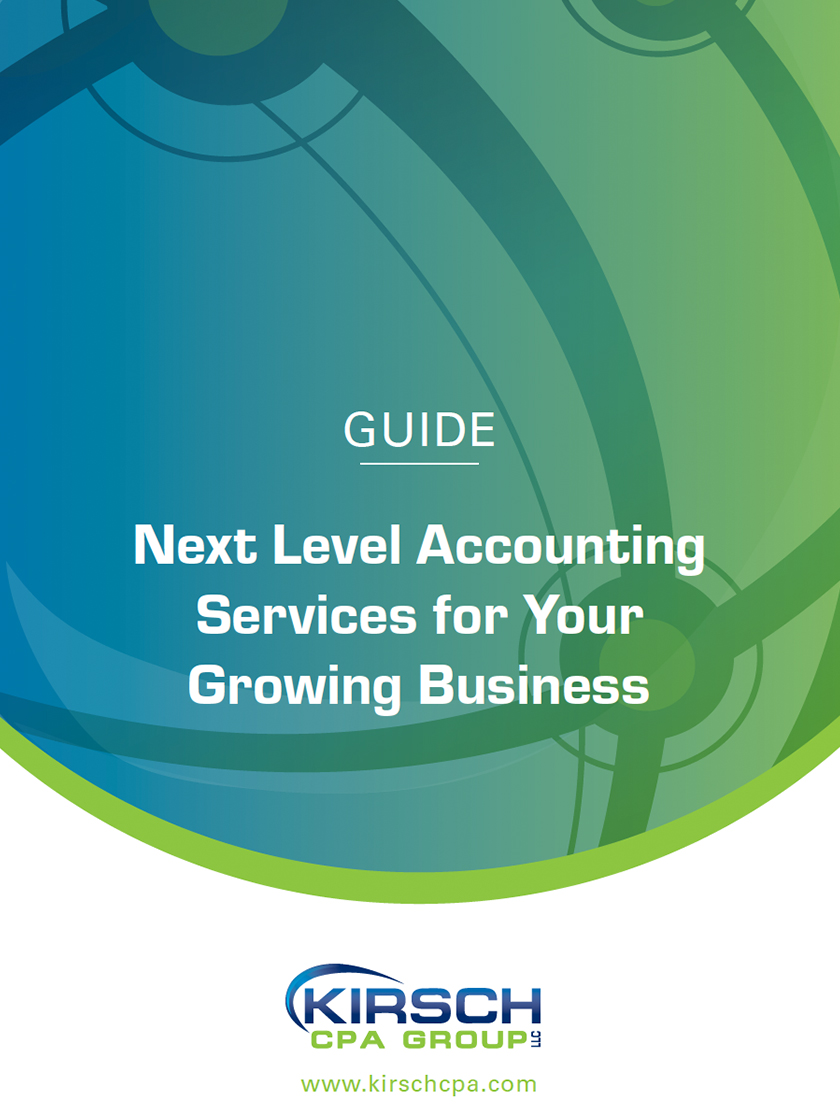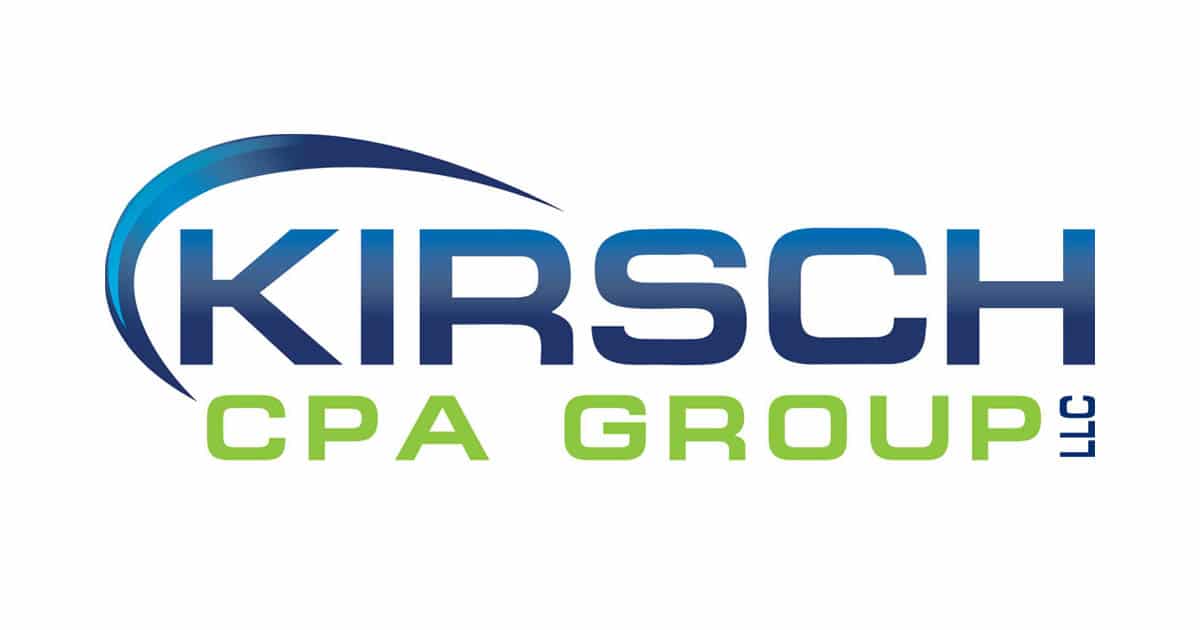Age-Related Tax and Financial Planning Milestones
Mar 11, 2020

In an era of uncertainty, you can count on one thing: Time marches on. You can’t beat Father Time, you can prepare for these age-related tax and financial planning milestones as you grow older.
Age 0-23: Beware of the Kiddie Tax
The so-called “kiddie tax” rules can potentially apply to your child’s (or grandchild’s) investment income until the year he or she reaches age 24. Specifically, a child’s or young adult’s investment income in excess of the applicable annual threshold is taxed at the higher federal income tax rates that apply to the parent(s) instead of the more-favorable rates for individual taxpayers.
For 2020, the investment income threshold is $2,200. A child’s or young adult’s investment income below the threshold is usually taxed at the following federal rates:
- 0% for long-term capital gains and dividends, or
- 0%, 10% or 12% for ordinary investment income and short-term gains.
Your tax advisor can recommend strategies to help minimize or avoid the kiddie tax.
Important: Between ages 19 and 23, the kiddie tax is an issue only if the child or young adult is a student. For the year the young adult turns age 24 and for all subsequent years, the kiddie tax ceases to be a threat.
Age 18 or 21: Encourage Smart Spending of Custodial Account Funds
When your child or grandchild reaches the age of majority under applicable state law (usually 18 or 21), he or she will gain control over any custodial accounts that were established when he or she was a minor. Some young people aren’t ready for this responsibility, depending on their maturity level.
If there’s a significant amount of money in the custodial account, consider taking steps to ensure that it’s used for college costs and other fiscally responsible expenditures.
Age 30: Liquidate or Roll Over CESAs
If you previously set up a Coverdell Education Savings Account (CESA) for a child or grandchild, it must be liquidated within 30 days after he or she turns 30. However, to the extent that earnings included in distribution aren’t used for qualified higher education expenses, they’re subject to federal income tax plus a 10% penalty tax. Alternatively, the CESA account balance can be rolled over tax-free into another CESA set up for a younger family member.
A CESA can be a tax-smart way to set aside education funds for a child (or grandchild). The annual contribution limit for these accounts is $2,000 per beneficiary. There is an annual phaseout based on your modified adjusted gross income (MAGI). Contributions aren’t tax-deductible, but the amount in the account grows tax-deferred. Plus, there’s no tax on distributions used for qualified education expenses.
Age 50: Consider Making Additional Catch-Up Contributions
If you’re age 50 or older as of the end of the year, you can make an additional catch-up contribution to your retirement account, if permitted by your plan. For the 2020 tax year, the maximum catch-up contributions are:
- $6,500 for 401(k), 403(b) and 457 plans, and
- $1,000 for traditional and Roth IRAs.
Important: There’s still time to make an additional catch-up contribution of up to $1,000 to your traditional or Roth IRA for 2019. The deadline for making IRA catch-up contributions for the 2019 tax year is April 15, 2020.
Age 55: Be Aware of this Early Withdrawal Exception
In general, a 10% early-withdrawal penalty tax applies to the taxable portion of qualified retirement plan distributions received before age 59½. But some exceptions apply.
For example, once you reach age 55, you can receive distributions from a former employer’s qualified retirement plan(s) without being hit with the 10% penalty tax, if you permanently leave your job for any reason. This exception comes in handy if you unexpectedly get laid off or retire early for personal reasons.
Age 59½: Say Goodbye to the Early Withdrawal Penalty Tax
Once you hit age 59½, you can receive distributions from all tax-favored retirement plans and accounts — including IRAs, 401(k) accounts and pensions — and from tax-deferred annuities without being hit with the 10% early distribution penalty tax.
Before age 59½, the 10% penalty tax applies to the taxable portion of distributions, unless you’re eligible for an exception to the general rule.
Age 62: Decide When to Start Receiving Social Security Benefits
At age 62, you can choose to start receiving Social Security retirement benefits. Alternatively, you can wait until you reach full retirement age, which is 66 for those born between 1943 and 1954. Your annual benefits will be higher if you wait until your full retirement age.
Important: People who were born in 1954 will hit their full retirement age of 66 on their birthdays in 2020. However, if you were born after 1954, your full retirement age goes up by 2 months for each year before leveling out at age 67 for those born in 1960 or later.
If you start receiving benefits at age 62 and continue working, your 2020 Social Security retirement benefits will be further reduced to the extent that income from working exceeds $18,240. You won’t lose any benefits if you work in years after the year you reach your full retirement, regardless of your income in those years. However, if you will reach age 66 in 2020, your benefits may be reduced if your income from working in 2020 exceeds $48,600.
A third alternative is to start receiving Social Security benefits when you reach age 70. Your benefits will be even higher under this option than if you start earlier. To determine what’s right for your situation, calculate the “breakeven age” after which you’d come out ahead by postponing benefits.
For example, if your normal retirement age is 66 and you wait until age 70 to begin receiving benefits, you forgo benefits for four years. It would take 12.5 years to reach the breakeven point. Are you sure you’ll be around to enjoy the higher benefits at age 82½?
Another important consideration is how your benefits will be taxed. Depending on your provisional income, up to 85% of your Social Security benefits may be subject to federal income tax. Provisional income equals your gross income from other sources plus tax-exempt interest income and 50% of your Social Security benefits.
We can help you weigh the pros and cons of taking benefits at age 62 or waiting until later to receive your benefits. He or she also can explain if your Social Security benefits will be taxed.
Age 70½ or 72: Take RMDs — or else
Depending on when you were born, you generally must begin taking annual required minimum distributions (RMDs) from tax-favored retirement accounts — including traditional IRAs, SEP accounts and 401(k)s — when you reach age 70½ or 72. These distributions also will be subject to federal and state income taxes. However, you need not take RMDs from Roth IRAs set up in your name.
The initial RMD is for the year you turn:
- 70½, or
- 72 if you turn 70½ after 2019.
Thanks to a change included in the new Setting Every Community Up for Retirement Enhancement (SECURE) Act, the age after which you must begin taking RMDs has been increased from 70½ to 72. This favorable change applies only to individuals who turn 70½ after 2019. So, if you turned 70½ before this year, you’re unaffected. But if you turn 70½ in 2020 or later, you won’t need to start taking RMDs until you turn 72.
You can postpone taking the initial RMD until as late as April 1 of the year after you reach the RMD starting age. If you chose this option, however, you must take two RMDs in that year: one by April 1 (the RMD for the previous year) and another by December 31 (the RMD for the current year). For each subsequent year, you must take another RMD by December 31.
There’s one more exception: If you’re still working after reaching the RMD starting age and you don’t own over 5% of the employer, you can postpone taking RMDs from the employer’s plan(s) until after you’ve actually retired.
Important: If you turned 70½ in 2019 and haven’t yet taken your initial RMD for the calendar year 2019, you must take your initial RMD (for 2019) by no later than April 1, 2020, or you’ll face a 50% penalty on the shortfall. You must then take your second RMD (for 2020) by December 31, 2020.
Time Is Money
Have you or your loved ones hit any of these age-based milestones? Overlooking a major financial or tax milestone could be a costly mistake. Contact Kirsch CPA Group at 513.858.6040. We can help develop a plan for a smooth transition to the next stage of your life.
Sign Up for Email Updates
Accounting & Financial News

Growth Strategies: How to Take Your Business to the Next Level
Once your business has survived the start-up phase, it's got a solid foundation to grow. Business and…






